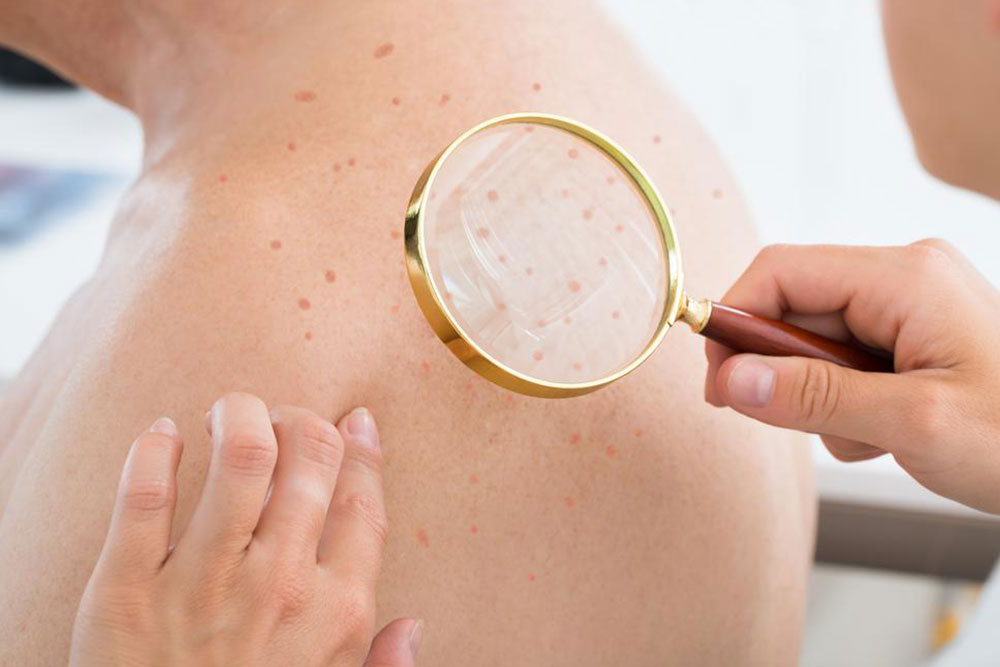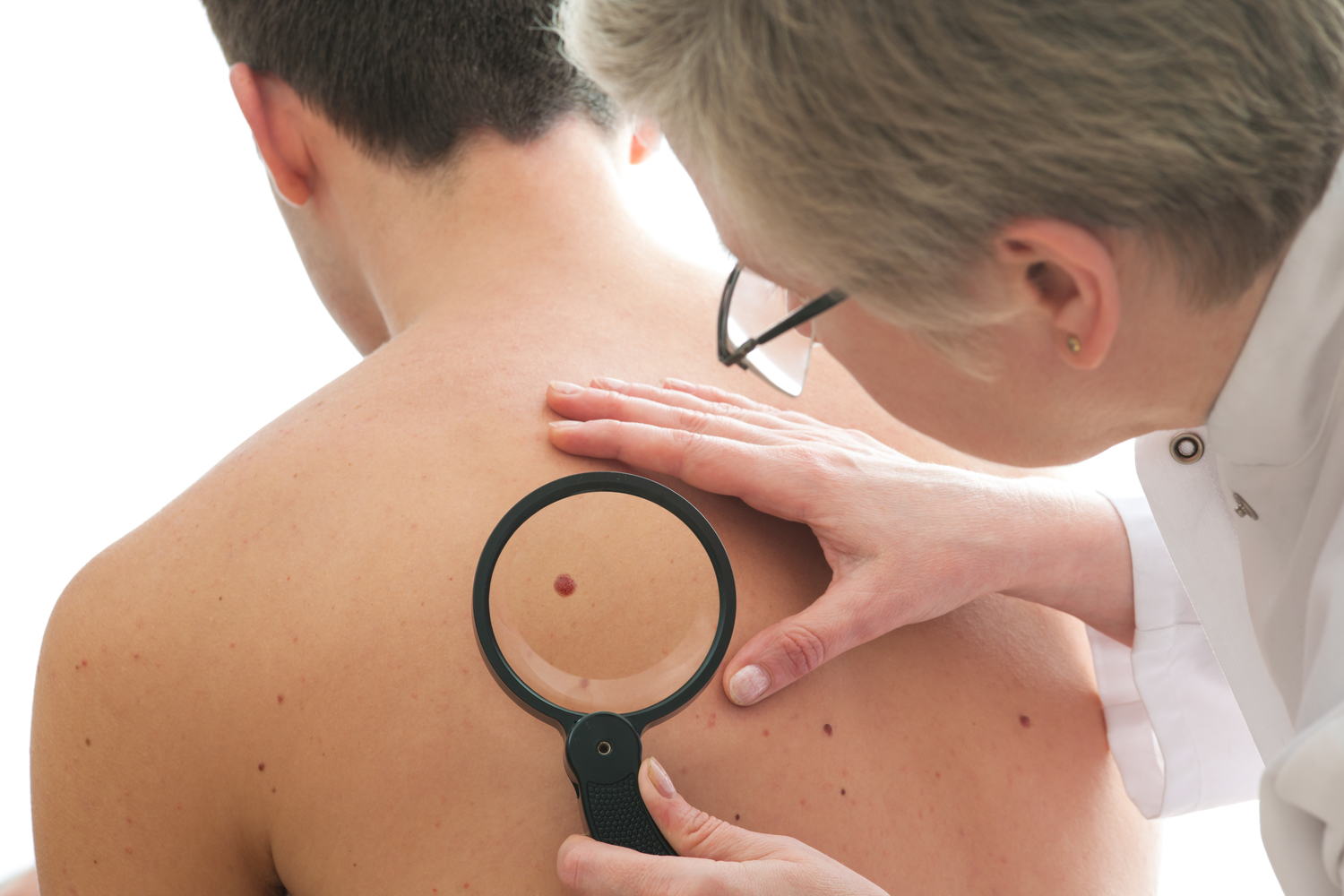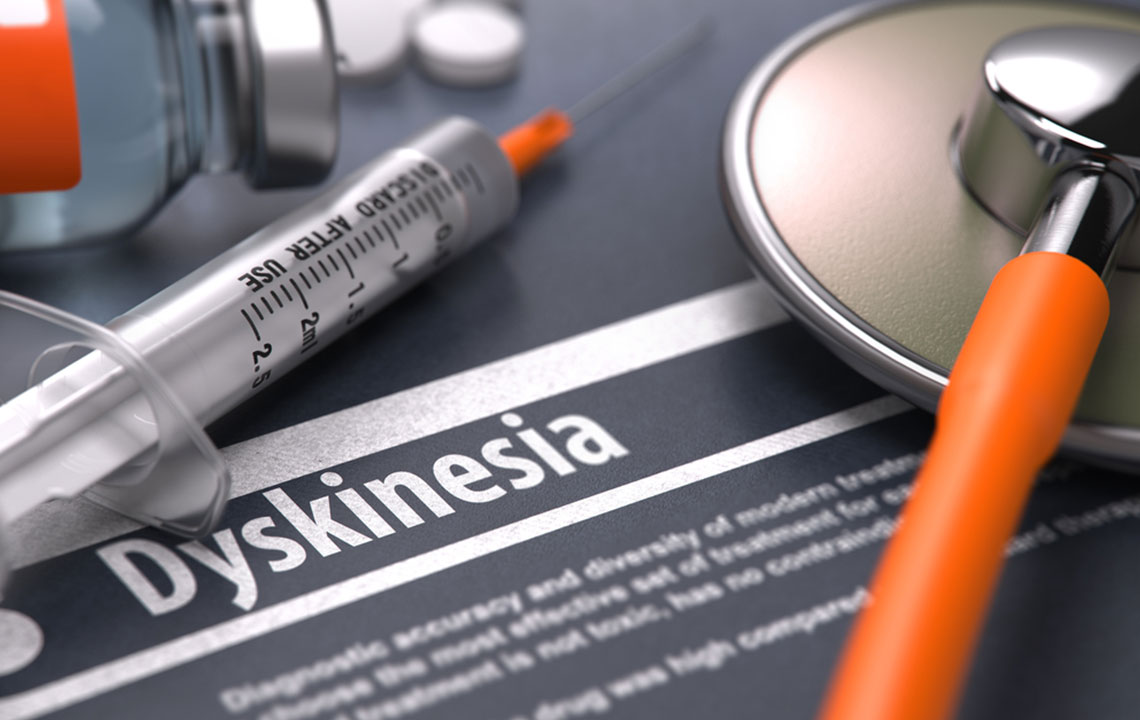Comprehensive Guide to Cellulitis: Causes, Symptoms, and Effective Treatment Strategies
This comprehensive guide covers everything about cellulitis, including its causes, symptoms, risk factors, and treatment options. Recognized early, cellulitis can be effectively managed with medical intervention, preventing serious complications. The article emphasizes the importance of timely diagnosis, proper wound care, and understanding risk factors—especially for vulnerable populations. With detailed descriptions and preventive strategies, individuals can better understand how to protect themselves from this bacterial skin infection and seek prompt medical care when needed, ensuring faster recovery and reducing health risks.

Comprehensive Guide to Cellulitis: Causes, Symptoms, and Effective Treatment Strategies
Cellulitis is a common and potentially serious bacterial skin infection that affects millions of people worldwide, including a significant portion of the population in many countries. It is characterized by the rapid spread of infection through the skin’s deeper layers, leading to redness, swelling, warmth, and tenderness. Despite being treatable if caught early, delays in diagnosis and treatment can result in severe health complications, including the spread of infection to lymph nodes, bloodstream, or even deeper tissues. Understanding the key causes, recognizing early symptoms, and knowing available treatment options are essential steps for effective management and prevention of this condition.
What is Cellulitis?
Cellulitis is a bacterial infection that infiltrates the skin's deeper layers, particularly the dermis and subcutaneous tissues. It primarily arises when bacteria breach the natural defenses of the skin via cuts, bites, or other skin injuries. The condition can affect people of all ages, from children to the elderly, and can occur anywhere on the body, although it most commonly appears on the legs and arms. Without prompt treatment, what begins as a localized infection can escalate rapidly, leading to serious health issues. The infection presents as areas of skin that are visibly red, swollen, and tender to touch, often accompanied by warmth and pain.
Cellulitis is a clinical diagnosis; however, understanding its typical appearance and associated symptoms remains crucial for early detection and intervention. Left untreated, bacteria can invade the lymphatic system and bloodstream, increasing the risk of systemic infections such as sepsis, which can be life-threatening.
Individuals who have experienced previous episodes of cellulitis are more prone to recurrence, especially if they have open wounds, skin ulcers, or are suffering from chronic skin conditions. Typically, the affected area turns red or pink on lighter skin, while darker skin tones might mask redness but show swelling or changes in skin texture. The infection usually starts locally but can expand swiftly, spreading to nearby tissues, lymph nodes, and even the bloodstream if not managed promptly. The seriousness of untreated cellulitis underscores the importance of early recognition and treatment.
Major Causes and Risk Factors of Cellulitis
Cellulitis is primarily caused by bacterial invasion, with the most common pathogens being Streptococcus pyogenes (group A Streptococcus) and Staphylococcus aureus. These bacteria naturally colonize the skin and mucous membranes but can become pathogenic when they gain entry through breaks in the skin barrier. Various situations and conditions increase susceptibility:
Open cuts, abrasions, surgical wounds, or punctures
Animal bites or human bites
Skin conditions such as eczema, athlete’s foot, psoriasis, or dermatitis
Surgical scars, piercings, or tattoos that disrupt skin integrity
Exposure to water or wet environments, especially if skin is damaged
Underlying chronic health issues or immune suppression
Particularly vulnerable populations include children, individuals with compromised immune systems, the elderly, and those with pre-existing skin conditions or previous skin infections like chickenpox, shingles, or ulcers. Additionally, people with venous insufficiency or lymphedema are at increased risk due to impaired lymphatic drainage, which hampers the body’s ability to fight infections effectively.
Understanding the underlying causes and risk factors helps in both prevention and early intervention, reducing the chances of developing severe complications.
Recognizable Signs and Symptoms of Cellulitis
Early-stage cellulitis presents with subtle signs that can be mistaken for other skin conditions. Recognizing these symptoms promptly is essential for seeking timely medical care. Key indicators include:
Redness and skin discoloration
The infected area typically exhibits redness that initially appears as a small patch but can quickly enlarge. The redness may have a sharp or poorly defined border, distinguishing it from similar skin eruptions. The color varies from bright red to pink or darker shades in certain skin tones.
Swelling and tenderness
The affected region becomes swollen and tender, often painful to touch. The swelling can extend beyond the area of redness, indicating the spreading of infection.
Pain and discomfort
Patients frequently experience aching, throbbing, or sharp pain in the infected zone. The severity correlates with the extent of infection, often worsening as the condition progresses.
Blister formation and pus
In some cases, painful blisters containing clear or pus-filled fluid develop within the affected area during early stages, signifying bacterial activity and inflammation.
Other systemic symptoms
In more advanced cases, individuals may develop fever, chills, sweating, headaches, nausea, and general malaise. The skin often feels warm or hot, indicating inflammation. Bruising or skin discoloration might also occur, as well as a sensation of tingling or numbness in the area. High fever, rapidly enlarging redness, or skin turning black suggests severe infection or necrosis, requiring urgent medical attention.
Immediate consultation with healthcare professionals is vital if symptoms worsen or if there are signs of systemic infection, such as high fever, severe pain, or spreading redness.
Approaches to Treatment and Management
Effective management of cellulitis hinges on early diagnosis and prompt treatment. Healthcare providers typically prescribe antibiotics to eradicate the bacterial infection, often selecting oral or intravenous options based on severity and spread. Pain relief medications and anti-inflammatory agents might also be recommended to reduce discomfort.
Additional care practices include:
Applying moist dressings to the affected skin to promote healing
Maintaining good hygiene to prevent further bacterial contamination
Elevating the affected limb or area to decrease swelling and improve circulation
Resting and avoiding strenuous activities to aid recovery
In severe cases, hospitalization might be required for IV antibiotics and close monitoring, especially if the infection has entered the bloodstream or caused tissue necrosis. Surgical intervention may be necessary if abscesses or necrotic tissue develop.
Preventive measures, such as proper skin care, wound management, and avoiding known risk factors, are vital for individuals prone to recurrent episodes. Regular medical check-ups and prompt treatment of skin injuries significantly reduce the likelihood of complications.
In summary, cellulitis, while common, can be serious if not diagnosed and treated early. Awareness of risk factors, early symptoms, and proper management strategies are essential tools in preventing severe health outcomes. Anyone experiencing signs of cellulitis should seek immediate medical care to ensure effective treatment and a swift recovery.





